Are you facing a frustrating gap between your baseboard and wood floor? You should know that this happens more often than not when dealing with new installations, but fret not – there is an easy fix!
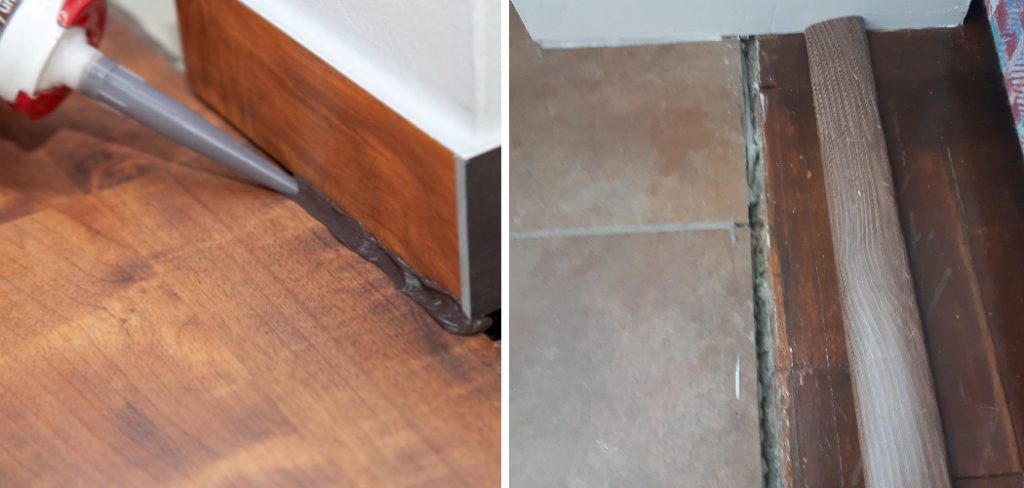
Before we get started on resolving the issue, let’s take a quick look at why this problem occurs in the first place. With the right information and knowledge, you can have it fixed in no time. Keep reading to discover how to fill gap between baseboard and wood floor easily!
7 Best Ways on How to Fill Gap Between Baseboard and Wood Floor
1. Caulking the Gap:
Using caulking is the most popular and one of the easiest ways to fill a gap between the baseboard and the wood floor. Start by preparing the surface with sandpaper for an even application, then apply a small bead of caulk along the entire length of the gaps. Once it’s dry, use a damp cloth to smooth out any lumps or bumps.
2. Use a Putty Knife:
A putty knife is another easy and effective way of filling the gap between the wood floor and baseboard. Start by cleaning the area, then apply a liberal amount of putty along the entire length of the gap. Once it starts to dry, use a putty knife to smooth out any uneven surfaces. This method saves you time and yields great results.
3. MDF Trim:
If the gap between the baseboard and the wood floor is especially wide, then using MDF trim is a great way to fill it in. Start by measuring the exact length of the gap, then cut out an appropriately sized strip of MDF trim. Use nails or wood glue to attach the MDF trim, and you’ll have a seamless gap filled in no time.
4. Rope Caulk:
Rope caulk is an excellent choice for filling wider gaps between baseboards and wood floors. Start by preparing the surface with sandpaper, then apply rope caulk along the length of the gap. This type of caulk provides a more professional-looking finish and will last for years to come. One thing to keep in mind is that rope caulk takes longer to dry, so be sure to give it more time before you start using the room again.
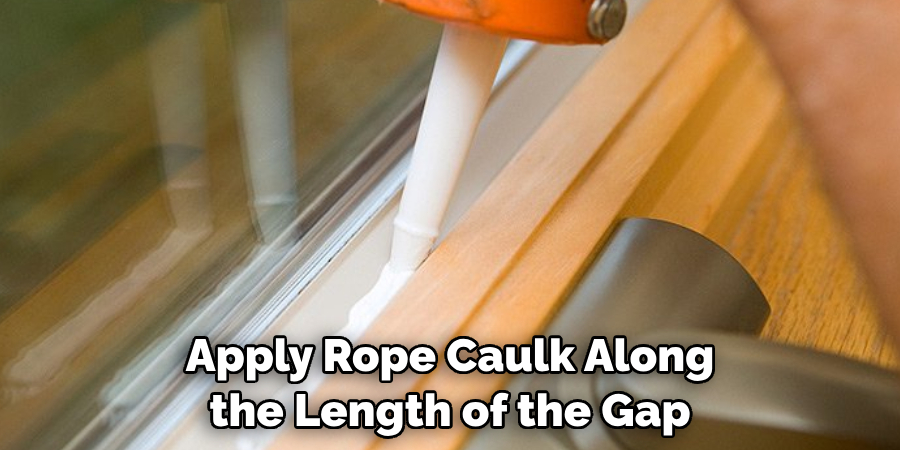
5. Wood Filler:
Wood filler can also be used to fill in a gap between a baseboard and a wood floor. Start by cleaning the area and removing any dirt or debris, then apply a liberal amount of wood filler along the length of the gap. Use a putty knife to even out the surface and let it dry for at least 24 hours before you start using the room again.
6. Wooden Shims:
Wooden shims are an easy, yet effective way to fill gaps between baseboards and wood floors. Start by measuring the exact length of the gap and cutting out appropriately sized wooden shims. Use wood glue or nails to attach them, then use a putty knife to even out the surface. If you need to, you can also use caulk to finish the job.
7. Expansion Foam:
Expansion foam is a great way of filling in wider gaps between baseboards and wood floors. Start by preparing the surface with sandpaper, then insert an expansion tube into the gap and squeeze out foam along the length of it. This method yields a professional-looking finish and will last for years to come.
These methods are the best ways how to fill the gap between the baseboard and the wood floor. Remember that no matter which method you choose, it’s important to prepare the surface properly for an even application. Taking this extra step will ensure that your baseboard and wood floors remain looking their best for years to come. Good luck!
Additional Tips and Tricks to Fill Gap Between Baseboard and Wood Floor
- Make sure to use sandpaper or a wire brush to clean and remove any dirt or debris before filling the gap.
- If you’re using caulk, make sure to apply a small bead along the entire length of the gap for an even finish.
- If you’re using wood filler, make sure to use a putty knife to even out the surface before it dries completely.
- For wider gaps, consider using MDF trim or expansion foam to fill them in for a professional look.
- Make sure to let the area dry for at least 24 hours before you start using the room again.
- If necessary, use caulk to finish off the job and make it look even more professional.
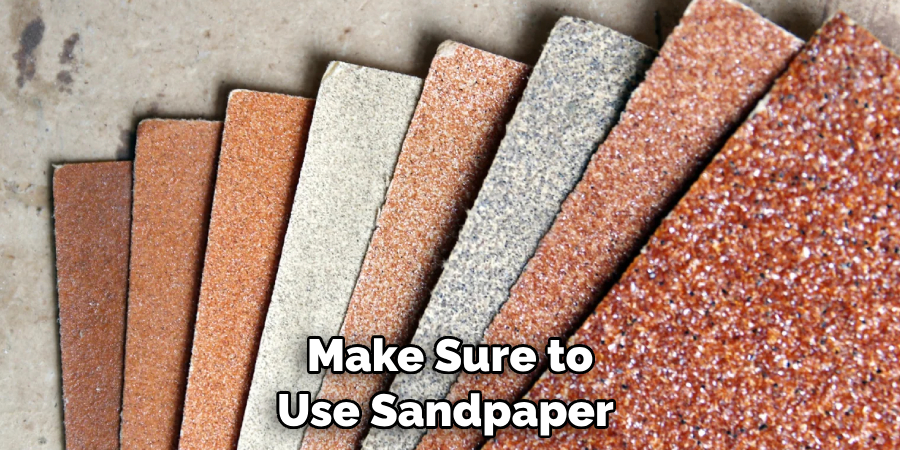
With these tips in mind, you’ll be able to fill the gap between your baseboard and wood floor without any hassle! Don’t forget that preparation is key for a successful outcome, so be sure to clean the surface and remove any dirt or debris before you start filling the gap. And if you’re in doubt, then it’s always best to contact a professional for help. Good luck!
Things You Should Consider to Fill Gap Between Baseboard and Wood Floor
1. Measure the size of the gap. The gap should be measured with a ruler or measuring tape to get an accurate reading so that you can purchase the right amount of material for filling in the space.
2. Determine what type of material needs to be used to fill the gap between the baseboard and the wood floor. There are a few options available. Some materials, such as caulking or grout, can be used for larger gaps. For smaller gaps between the baseboard and the flooring, caulk or wood filler may work better.
3. Consider whether you need to paint the material that will fill in the gap after it is installed. Depending on what kind of material you use to fill in the space, you may need to paint it after it is installed.
4. Make sure to clean the area before installation. The gap should be free of dirt and debris for a better seal between the floor and baseboard.
5. Fill in the gap with your chosen material according to the directions on the packaging. If needed, apply a sealant or paint to the material after it is installed.
6. After the gap-filling material has dried, check for any cracks or imperfections and make sure that everything looks even and uniform. If necessary, you can use sandpaper to smooth out any rough areas before you apply a sealant on top of the material.
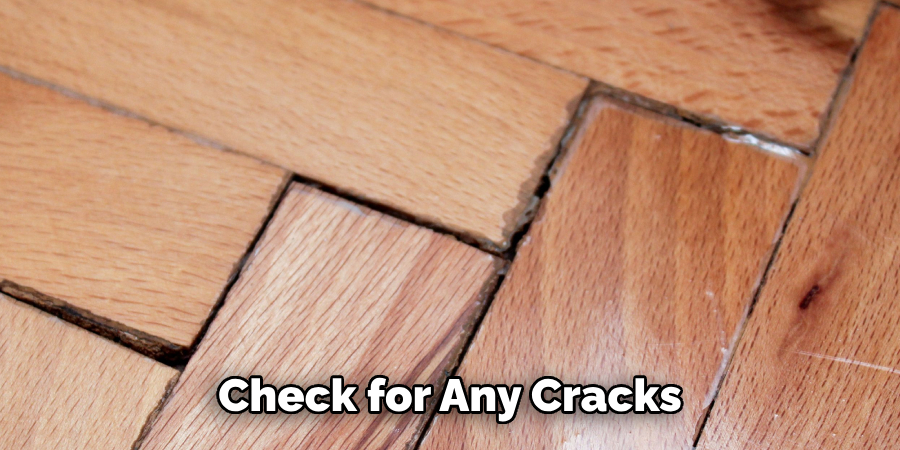
By following these steps, you can fill in the gap between your baseboard and wood flooring. This will help to create a uniform look and also protect your floor from drafts and moisture that could cause damage. With careful planning and attention to detail, you can ensure that the job is done right the first time.
Frequently Asked Questions
What is the Best Way to Fill a Gap Between the Baseboard and the Wood Floor?
The best way to fill the gap between the baseboard and the wood floor depends on the size of the gap. For small gaps, caulking can provide an effective seal. Clear silicone caulk works well for this purpose since it gives off a clean and finished look.
For larger gaps, consider using a flexible foam insulation strip. This can be cut to size and pushed into the gap for an airtight seal. You may need to use nails or adhesive to secure it in place. Additionally, some baseboards come with pre-drilled holes that allow for adjusting their position if needed.
Are There Options Other Than Caulk or Insulation Strips to Fill Gaps?
Yes, there are other options to fill the gaps between the baseboard and the wood floor. For example, you can use an expansion material such as expanding foam, rope caulk, or even pieces of wood shims cut to size.
Each of these materials can provide a temporary solution that will help keep drafts out and prevent dirt and debris from getting in. However, these materials may need to be replaced more often than caulking or insulation strips.
What Should I Do Before Filling a Gap Between the Baseboard and Wood Floor?
Before filling a gap between the baseboard and the wood floor, it’s important to determine the cause of the gap. If there’s excessive moisture in the area, you may need to address the source of the problem before filling the gap.
Additionally, be sure that you have properly cleaned and prepped the surface of both the baseboard and wood floor before filling the gap. This will help ensure a strong bond between the two surfaces.
Are There Any Tips for Installing Caulk or Insulation Strips?
Yes, there are some tips for installing caulk or insulation strips. First, be sure to use a quality product with good adhesion and flexibility. Additionally, avoid overfilling the gap as this can lead to damage down the line from expanding materials.
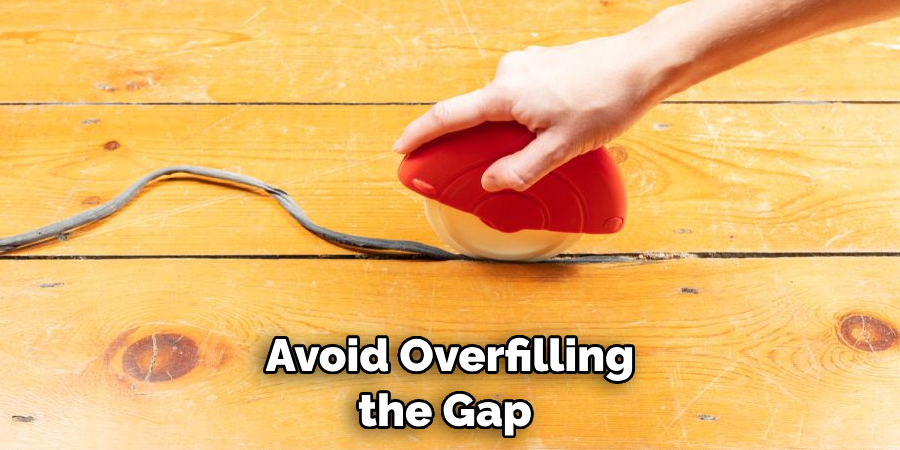
Lastly, if you are using an adhesive product such as rope caulk, be sure to let it set up for several hours before using the area. This will ensure that it is firmly in place and ready to use.
Conclusion
Filling the gap between your baseboard and wood floor is essential for a smooth transition between two different surfaces. It also prevents air drafts, dust, and debris from migrating in between.
We hope this article has been informative and has given you ideas on how to fill gap between baseboard and wood floor. If you are looking for more home improvement projects, check out our next article on how to remove a stopper from a bathroom sink – an essential skill that all homeowners should know!
With these tips in hand, we wish you luck fixing up your home quickly, easily, and without hassle.
